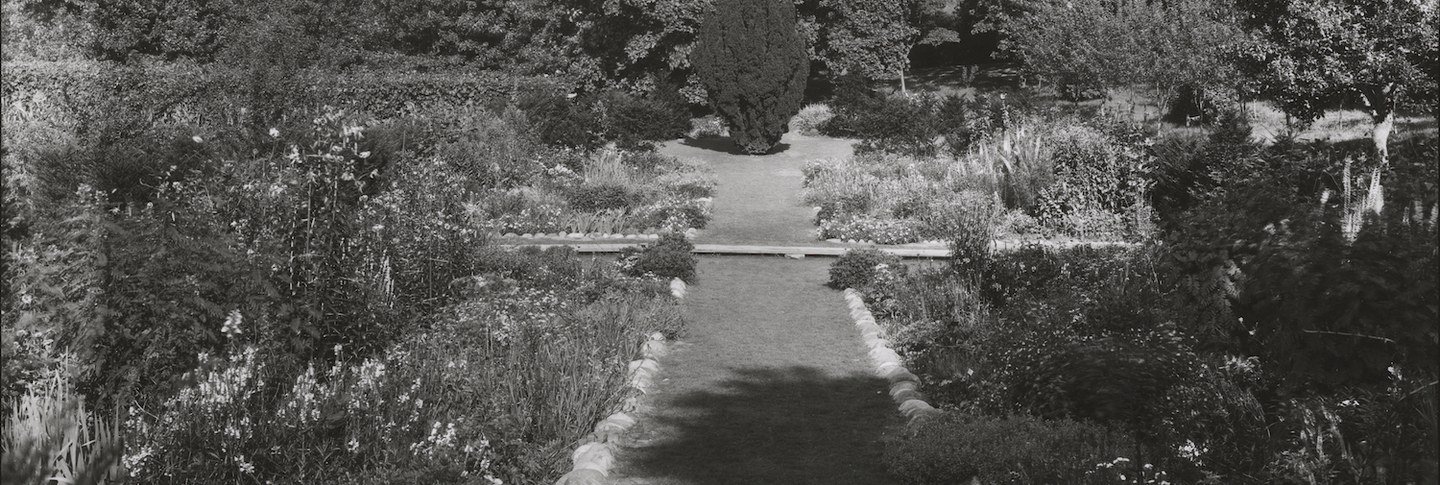
MISSION AND ORGANIZATION
-
The purposes of the Chapter shall be:
Section 1:
To encourage research in landscape, gardening, and horticultural history, and to promote the dissemination of such research through publications, meetings, lectures, and other such means as may be authorized by the membership.
Section 2:
To provide a forum for the exchange of ideas related to these disciplines by programs at the meetings, visits, and functions of the Chapter.
Section 3:
To offer an opportunity for its members to visit significant sites or collections in North America.
Section 4:
To promote conservation, preservation, and recording of significant landscapes.
Section 5:
To cooperate with learned and professional societies in the pursuit of common objectives.”
-
– Solicit membership from a wide variety of disciplines concerned with landscape history; write by-laws, elect officers.
– A nominating committee has been established and should propose a slate by the end of June. Organization, Research, and Electronic Committees are in the process of formation.
– Organize a session at each annual meeting, either on a special topic, or an “open landscape session.
-
There has been general agreement that the chapter should have a president, vice president, and secretary, each of whom will serve for three years. The vice president will succeed the president to office. The Nominating Committee will propose a slate of nominees to be ratified by the membership-the method used by the parent organization.
In addition to the three officers, there will be a board of no more than eight members who will serve as their advisors. The structure will be informal, but it is hoped that board members will attend the annual meeting so that there will be at least one meeting of officers and the board each year. These will be three-year terms as well, although to insure some overlap, half the initial appointments will be limited to two years. The composition of the board should reflect differing levels and areas of experience in the field as well as geographic distribution.
-
Founded in 1940, the SAH promotes the study and preservation of the built environment world wide. Its almost 4,000 members cross the disciplines of art, architecture, and landscape history, architecture and landscape architecture practice, historic preservation, planning, and museums-anyone with an interest in the history of architecture, design, landscape, and urban planning.
Among the primary benefits of membership in the Society is a subscription to the quarterly Journal of the Society of Architectural Historians, recognized as the leading periodical in the field. Members also enjoy free electronic access to the entire library of back issues of JSAH (1941-2001), through JSTOR, an electronic journal storage service, as well as access to the SAH Listserv (its international electronic bulletin board). For a complete list of the organization’s activities and services, check its website at www.sah.org.